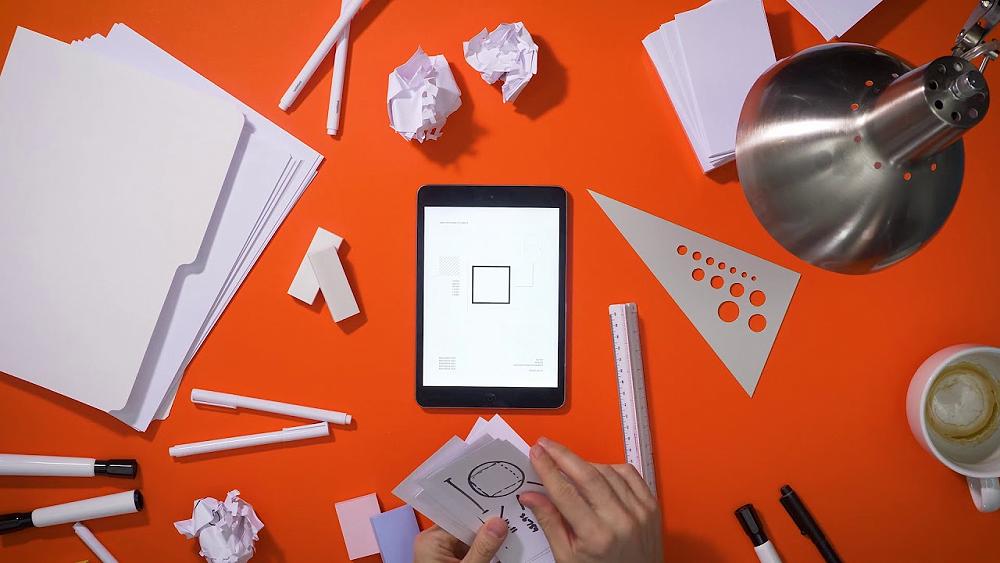10 Canadian Innovations 🇨🇦
Did you know these innovations are from Canada?
Telephone: Although the first telephone was built in the United States, Alexander Graham Bell claims to have invented the device in Brantford, Ontario. That's also where the first long-distant phone call was made in 1876, to Paris, Ontario.
Lightbulb: On
July 24, 1874, Henry Woodward and Mathew Evans patented an electric lightbulb
in Toronto, Ontario. It was made with a glass tube filled with a carbon filament
and nitrogen gas. Unfortunately, the pair didn’t have the money to produce the
lightbulbs commercially, and sold their patent to Thomas Edison in 1879.
Insulin: Dr. Frederick Banting and his team of researchers at the University of Toronto saved and improved the lives of diabetics worldwide when they announced the discovery of insulin, the hormone produced by the pancreas to regulate blood sugar. Banting and his supervisor, John James Rickard Macleod, won the Nobel Prize the following year.
Peanut Butter: Marcellus Gilmore Edson first patented peanut paste in Montreal, Quebec on October 21, 1884. The process involved grinding skinned peanuts on a hot surface, then letting the resulting cream-like substance cool until it was the consistency of butter. The paste was to be mixed with sugar and used for candy.
Sonar: Robert William Boyle of Carbonear, Newfoundland collaborated with French scientists during the First World War to invent sonar, a method of detecting objects through sound waves. The method was initially invented to discover underwater hazards like submarines, but has many other uses today, such as fishing.
Snowmobile: The first snowmobile was patented June 29, 1937 by Joseph Armand Bombardier in Quebec. The original snowmobile had seven seats, and was targeted at doctors, ambulance drivers, and priests living in remote areas. Bombardier later developed a series of snowmobiles to be used in the Second World War.
Electron Microscope: The first practical electron microscope was first built at the University of Toronto in 1938 by two graduate students, James Hillier and Albert Prebus. The microscope was able to magnify 7000 times, an incredible feat compared to other microscopes at the time that had magnification of 2000 times.
Canadarm: Canada’s most notable robotic achievement, Canadarm, was developed by the National Research Council of Canada. The Canadarm was signed over to NASA in 1981, and traveled to space later that year. It was used by NASA for 30 years in several different missions, including the construction of the International Space Station.
56k Modem: The 56k modem, which allowed for a 66% increase in download speed compared to previous modems, was invented by Toronto-born Brent Townshend in 1996. The 56k modem was able to keep internet speed more consistent than any other modem at that time, and has now become synonymous with dial-up internet.
ZENN Light Electric Car: The ZENN (Zero Emission No Noise) is a silent, environmentally-friendly electric car invented in 2006. While the car has a maximum speed of 25 miles per hour and a range of 35 miles, it serves as an excellent reference point for today’s electric vehicle.
Source: www.edc.ca/en/article/canadian-innovation.html
👉 Did You Know:
- Canadian colleges and universities perform a higher rate of national research than most OECD and G7 countries.
- Canadian industries invests more in Higher Education Research & Development than any other industry among the G7 countries.
- While Canada represents only 0.5% of the world's population, Canadian researchers publish 2.8% of the world's scientific papers.
Learn More: For information on studying, working or immigrating to Canada, head to the Consulate General of Canada page at the NZ Digital Careers Expo: www.careersexpo.org.nz/exhibitors/consulate-general-of-canada
Gallery









